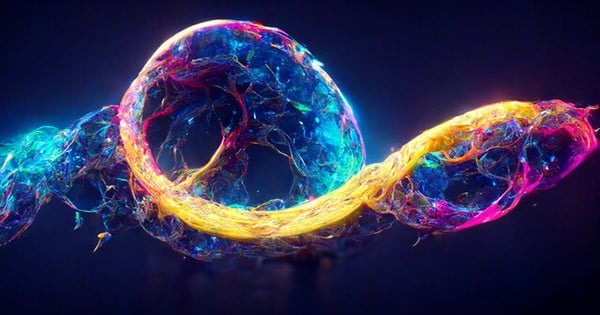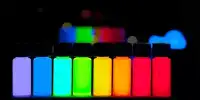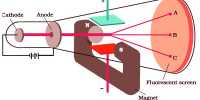“Opposites attract; as charges repel” is a fundamental physics principle. A new study from Oxford University, published today in Nature Nanotechnology, shows that similarly charged particles in solution can attract each other over great distances. Interestingly, the impact differs between positively and negatively charged particles depending on the solvent.
Aside from challenging long-held ideas, these findings have immediate consequences for a variety of processes involving interparticle and intermolecular interactions at various length scales, such as self-assembly, crystallization, and phase separation.

The researchers from Oxford’s Department of Chemistry discovered that negatively charged particles attract each other at great distances, whereas positively charged particles repel, while solvents such as alcohols do the opposite. These findings are startling because they appear to contravene the fundamental electromagnetic principle that force between charges of the same sign is repulsive at all distances.
Using bright-field microscopy, the researchers tracked negatively charged silica microparticles suspended in water and discovered that the particles attracted one another to form hexagonally ordered clusters. In contrast, positively charged aminated silica particles did not cluster in water.
Using a theory of interparticle interactions that takes into account the structure of the solvent at the interface, the researchers discovered that for negatively charged particles in water, an attractive force dominates electrostatic repulsion at large separations, resulting in cluster formation. The solvent-driven interaction between positively charged particles in water is always hostile, and no clusters form.
This effect was discovered to be pH-dependent; the team was able to control the formation (or lack thereof) of clusters for negatively charged particles by adjusting the pH. Regardless of the pH, positively charged particles did not congregate.
Naturally, the researchers questioned if the effect on charged particles could be reversed so that positively charged particles would form clusters while negatively charged particles would not. This is exactly what they discovered when they changed the solvent to alcohols, such as ethanol, which has a different interface behavior than water: positively charged aminated silica particles formed hexagonal clusters, whereas negatively charged silica particles did not.
According to the researchers, this study represents a fundamental shift in understanding that will shape how we think about processes as diverse as the stability of pharmaceutical and fine chemical products or the pathological malfunction associated with molecular aggregation in human disease.
The discoveries also support the capacity to explore aspects of the interfacial electrical potential caused by the solvent, such as its sign and amplitude, which were previously assumed to be quantifiable.
Professor Madhavi Krishnan (Department of Chemistry, Oxford University), who led the study, stated, “I am very proud of my two graduate students, as well as the undergraduates, who have all worked together to move the needle on this fundamental discovery.”
Sida Wang (Department of Chemistry, Oxford University), the study’s first author, adds, “I still find it fascinating to see these particles attract, even though I’ve seen it a thousand times.”















